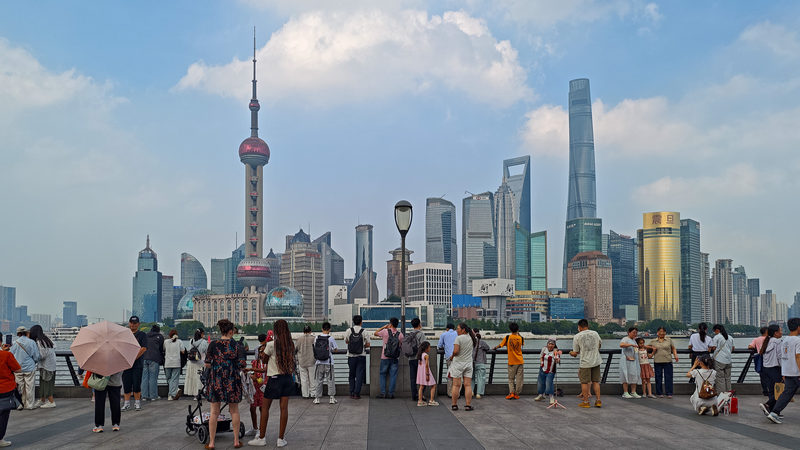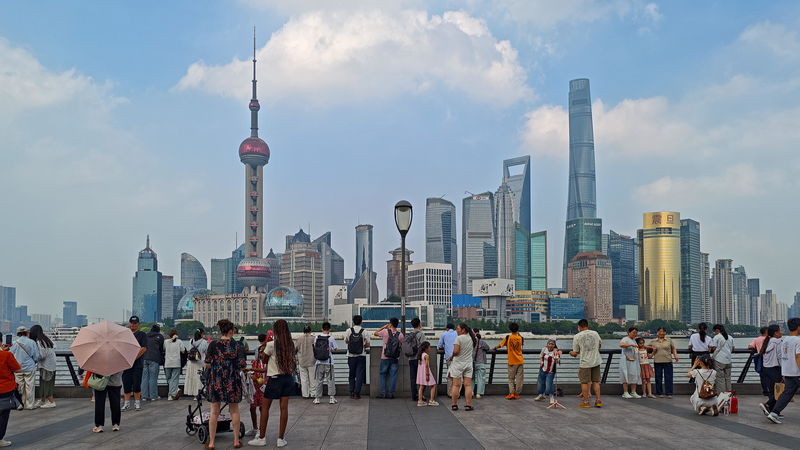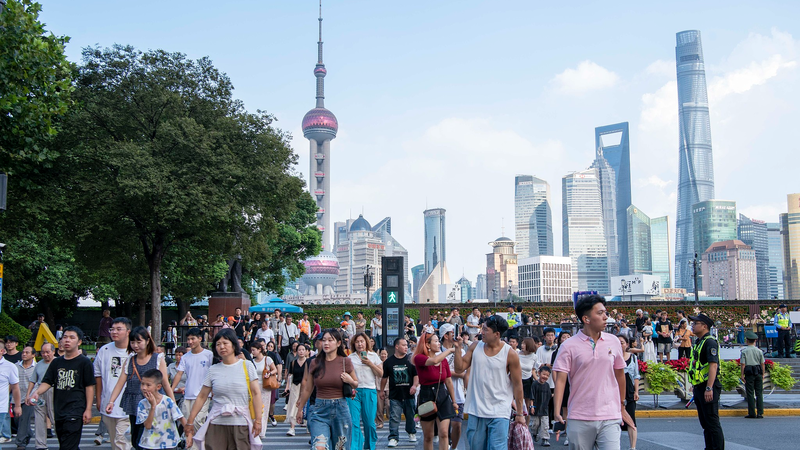For over seven decades, China's Five-Year Plan has served as the backbone of its national development strategy, steering economic priorities, technological innovation, and social progress. As the 14th edition approaches its 2025 conclusion, its impact resonates across industries and households alike.
From Blueprint to Reality
The current plan prioritizes high-quality growth, with GDP expanding at an average 5.3% annually despite global headwinds. Over 13 million urban jobs were created yearly since 2021, while per capita disposable income grew 6.1% in 2023 alone. "This isn't just about numbers," says Beijing-based economist Li Wei. "It's about systematically upgrading quality of life through targeted investments in healthcare, education, and infrastructure."
Green Horizons
Renewable energy capacity surged to 1.45 billion kilowatts under the plan, with solar panel production now meeting 80% of global demand. Electric vehicle sales jumped 35% year-on-year in 2023, positioning China as the world's largest EV market.
Innovation Frontier
The plan's R&D focus yielded tangible results: China now leads in 6G patent applications, while its Tiangong space station hosts groundbreaking microgravity experiments. Semiconductor self-sufficiency rates climbed to 40% in 2023, up from 15% in 2020.
As policymakers prepare the 15th Five-Year Plan (2026-2030), early reports suggest intensified focus on AI governance, aging population solutions, and cross-border digital trade frameworks. For global observers, these roadmaps offer critical insights into China's evolving role in shaping 21st-century development paradigms.
Reference(s):
cgtn.com








